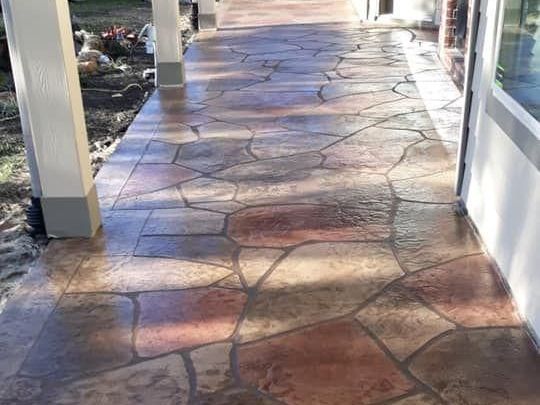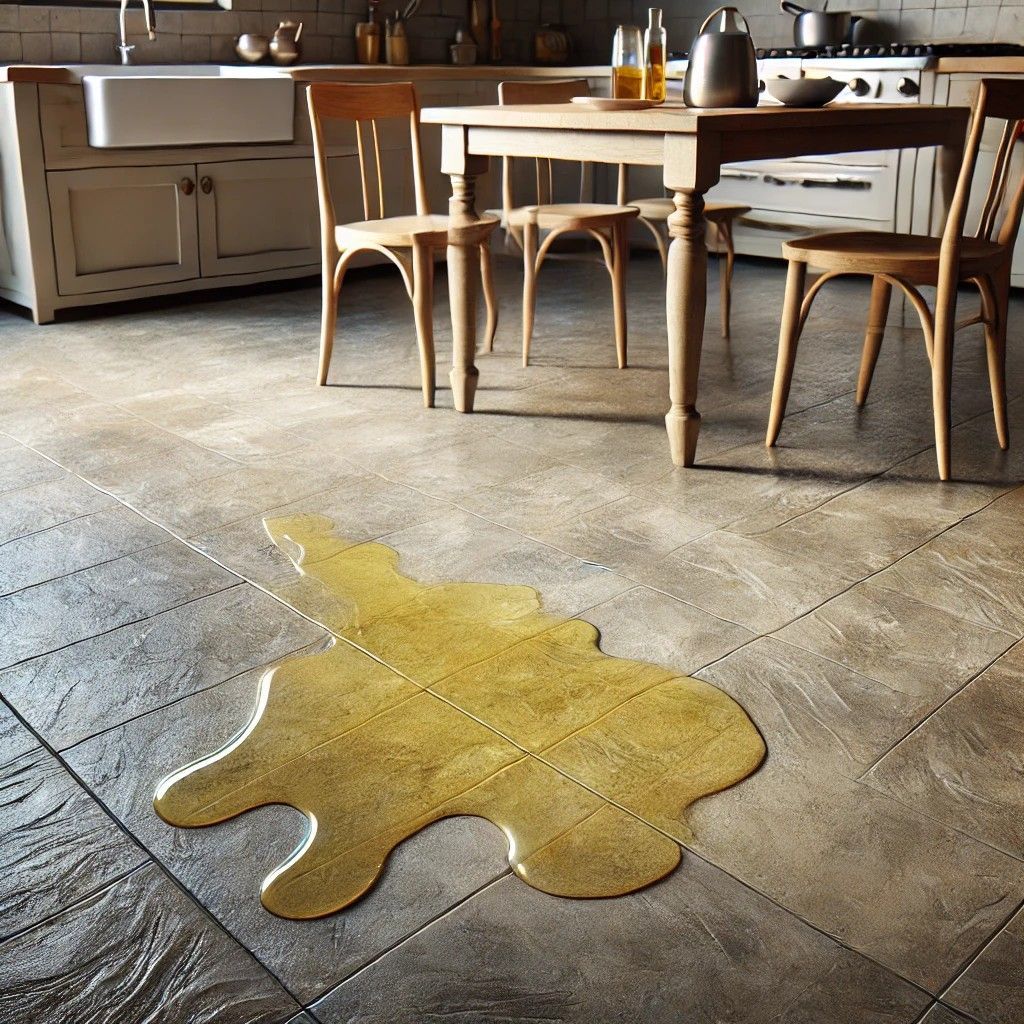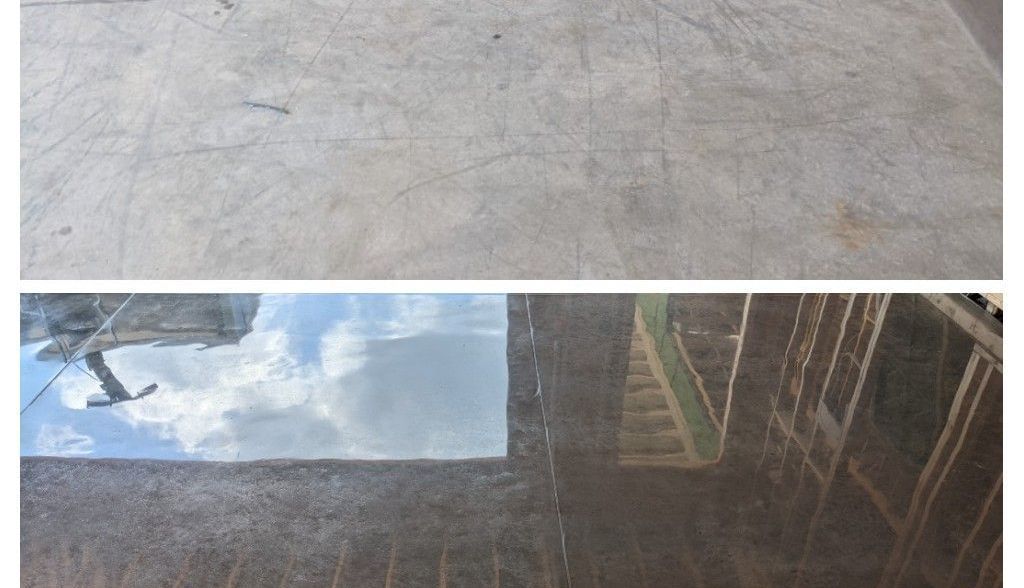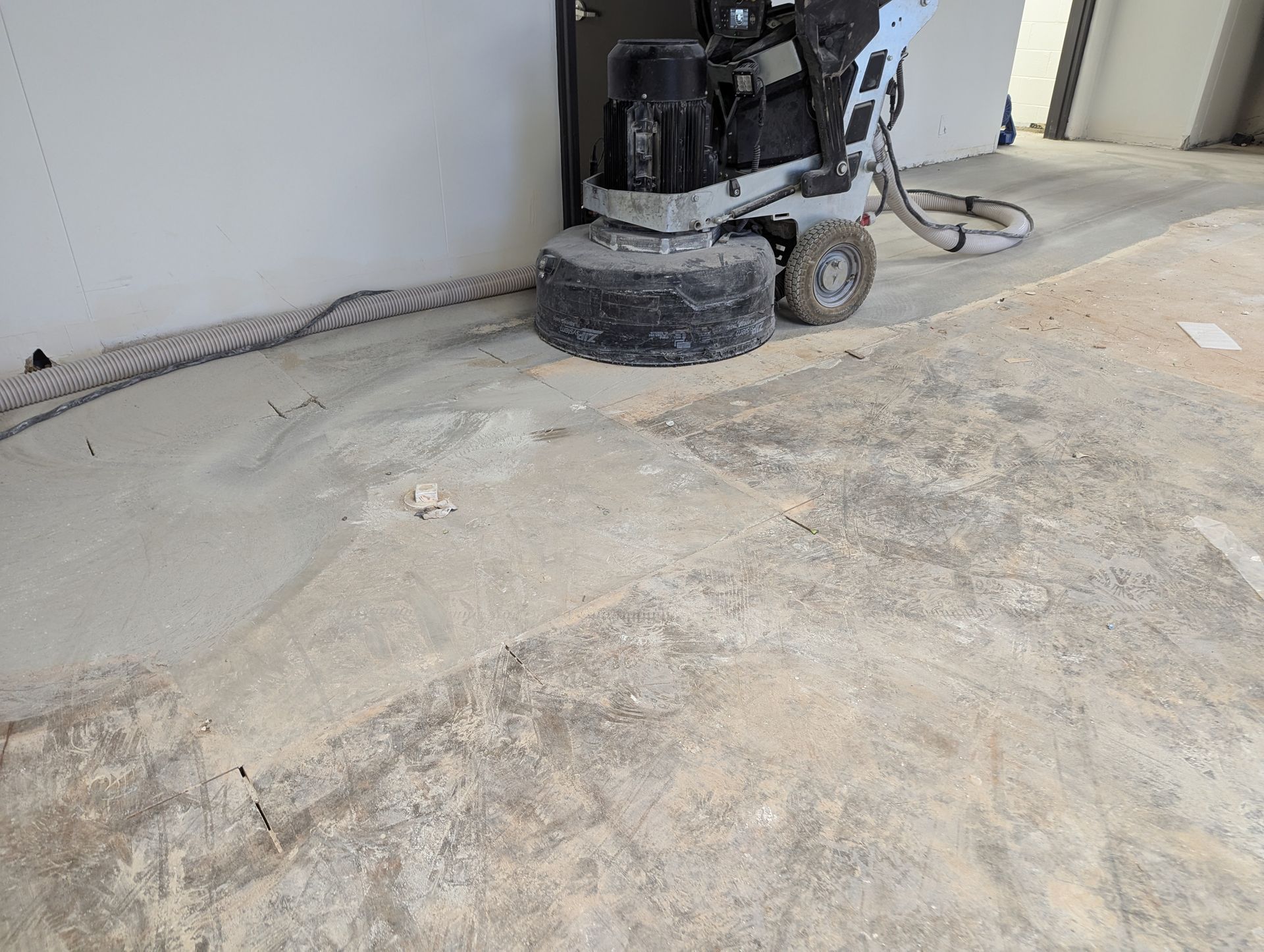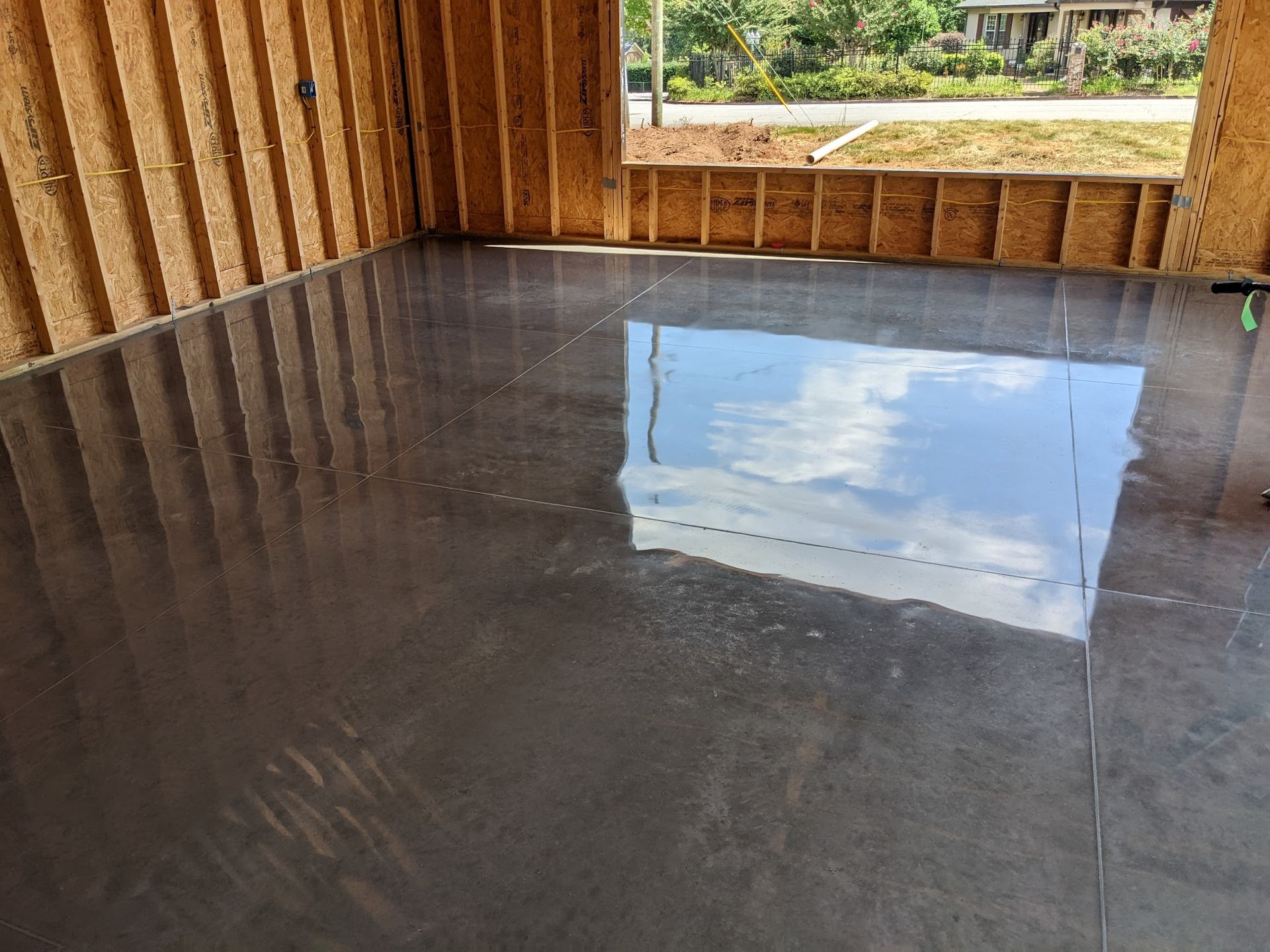5 Signs It's Time to Stain and Polish Your Concrete Floors
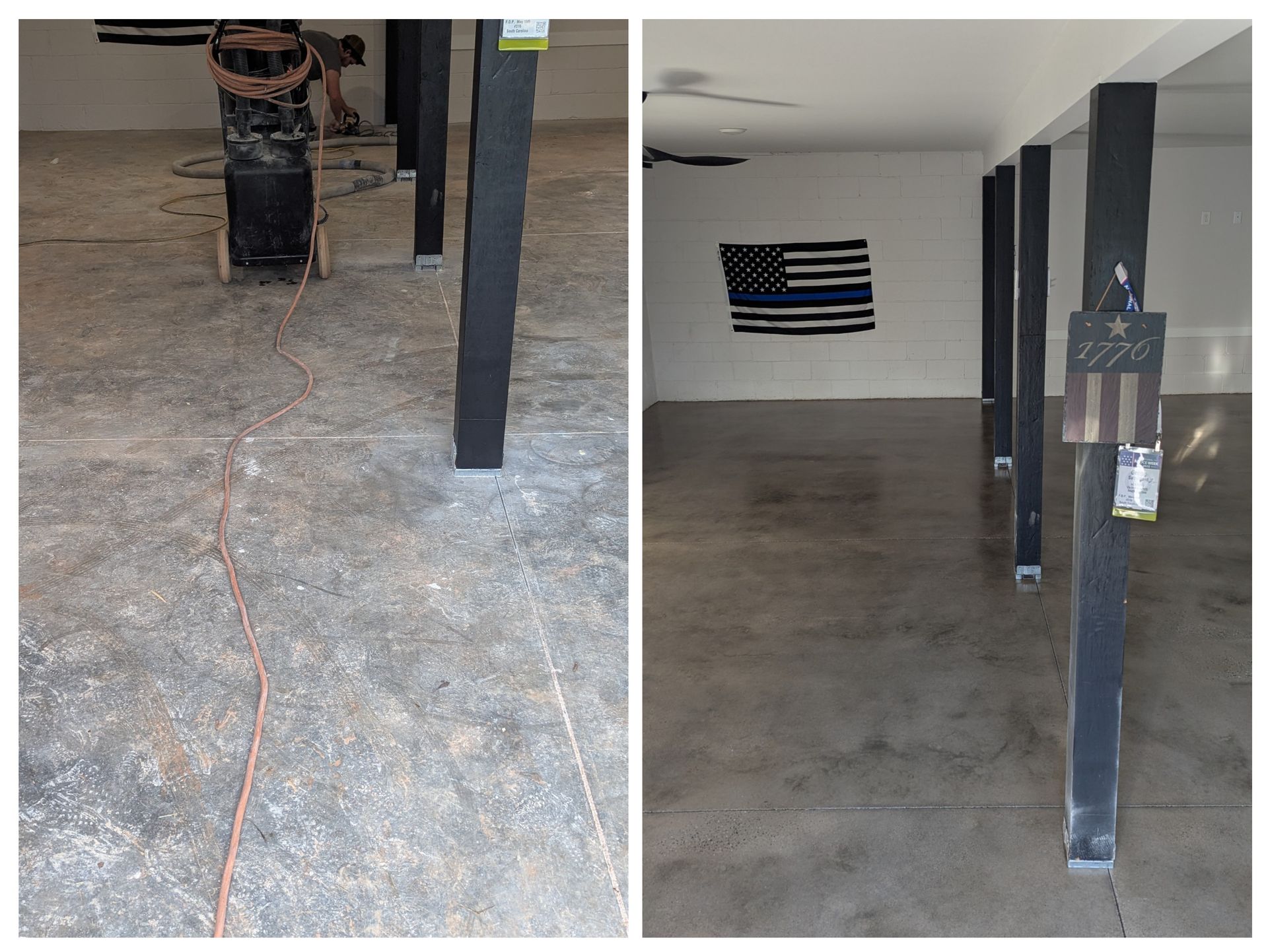
Your floors go through a lot. From daily wear and tear to spills and grime, they take a beating. Over time, concrete floors can start to look dull, cracked, and stained. If cleaning no longer works or the damage becomes too visible, it might be time to consider staining and polishing. Whether you’re dealing with a patio, countertop, basement floor, or driveway, understanding the signs can save you money and frustration. Let’s explore when to take action and why treatments like water-based concrete stain, polished concrete, and sealing are the best options.
Sign #1: Dull and Faded Appearance
When concrete floors lose their natural luster, it’s a clear sign they need some attention. Floors that were once vibrant may now look dull due to dirt, grease, and everyday wear. Using a water-based concrete stain or an acid-based stain for concrete can breathe new life into the surface. These stains add fresh color and enhance the look of both indoor and outdoor spaces, from patios to basements.
Solutions:
- Apply a concrete sealer or wax for added shine.
- Use H&C Colortop Concrete Stain or Behr Concrete Stain for long-lasting results.
- Try decorative concrete techniques, like stencils or polished concrete, for unique designs.
Sign #2: Stains and Discoloration
Concrete water stains, oil spots, and mildew can ruin the aesthetic of your floor. Porous surfaces, like cement or concrete blocks, easily absorb liquids, causing permanent discoloration. Without proper sealing or coating, issues like efflorescence and mold can develop, especially in areas prone to moisture, such as basements or driveways.
Fix It:
- Start with pressure washing to remove dirt and grime.
- Use a concrete sealer to create a waterproof barrier.
- Choose a solvent-based sealant or polyurethane coat to protect against stains.
Sign #3: Cracks and Uneven Surfaces
Cracks and uneven floors not only look bad but can also pose safety hazards. Curing issues or improper initial installation often cause cracks. A good polish or stain treatment can help minimize these imperfections. Pairing it with a release agent or primer ensures proper adhesion and a smooth finish.
Benefits of Fixing Cracks:
- Prevents further damage to the concrete slab.
- Restores adhesion for better performance.
- Protects against efflorescence, oil leaks, and grease buildup.
Sign #4: High Maintenance Needs
If cleaning your concrete feels like a never-ending chore, you may need to upgrade its finish. Floors treated with acid-based stains for concrete or waterproofing sealers require less maintenance. By filling the porosity of the surface, these treatments keep dirt and liquids from penetrating the floor.
Simplify Cleaning:
- Apply H&C Colortop for a stain-resistant finish.
- Use a sprayer to evenly apply a sealer or sealant.
- Add a protective coating to reduce mildew, grease, and mold buildup.
Sign #5: You Want to Refresh the Look
Sometimes, it’s not about damage—it’s about design. Polished concrete, acid-based stains, and water-based concrete stains let you customize your floors with vibrant colors and patterns. You can even use stencils to create unique designs for decorative concrete in your patio, countertop, or driveway.
Design Options:
- Add a pigment or dye for color variation.
- Create textures with stamped concrete or a broom finish.
- Use terra cotta, tile, or precast concrete for accents.
How Staining and Polishing Work
Step 1: Surface Preparation
Clean the surface thoroughly using a pressure washer or vacuum to remove dust, dirt, and grease. If needed, etch the floor with an acid solution to improve adhesion.
Step 2: Staining
Choose a stain type:
- Water-based concrete stain for eco-friendly coloring.
- Acid-based concrete stain for a reactive finish.
- Apply the stain evenly with a brush, pump, or sprayer.
Step 3: Polishing
Using a grinding machine with a diamond grinding wheel, smooth the surface to the desired shine. For indoor floors like basements or countertops, finish with a polyurethane or epoxy coating for added durability.
Step 4: Sealing
Seal the surface with a solvent-based sealer or waterproofing coat. This step protects against stains, mildew, and wear.
Comparing Stains and Sealers
| Feature | Water-Based Stain | Acid-Based Stain | Sealer/Sealant |
|---|---|---|---|
| Appearance | Vibrant, even color | Natural, variegated finish | Glossy or matte protection |
| Durability | Moderate | High | Very high |
| Eco-Friendliness | Yes | Limited | Yes |
| Ease of Application | Easy | Requires more prep | Easy to moderate |
Why Staining and Polishing Are Worth It
- Longevity: Floors last longer with protective coatings.
- Aesthetics: Enhance interior design with rich colors and finishes.
- Low Maintenance: Simplify cleaning with sealed surfaces.
- Cost-Effective: Treatments are more affordable than replacements.
Frequently Asked Questions
How often should I reseal my concrete?
Every 2–3 years, depending on traffic and exposure to water, oil, and other elements.
What’s the best stain for outdoor concrete?
Choose a water-based concrete stain or H&C Colortop for durability and color retention.
Can I stain and polish concrete myself?
Yes, but you’ll need tools like a diamond blade, vacuum cleaner, and protective gear like a respirator.
Final Thoughts
If your concrete floors are looking worse for wear, staining and polishing can bring them back to life. These treatments protect against damage, add visual appeal, and make maintenance easier. Whether you’re dealing with a driveway, patio, or basement, the right stain, sealer, or polish will transform your space. Hiring a professional can make such a huge difference to your concrete floors, contact
Blastek Concrete Designs in Spartanburg, SC now!
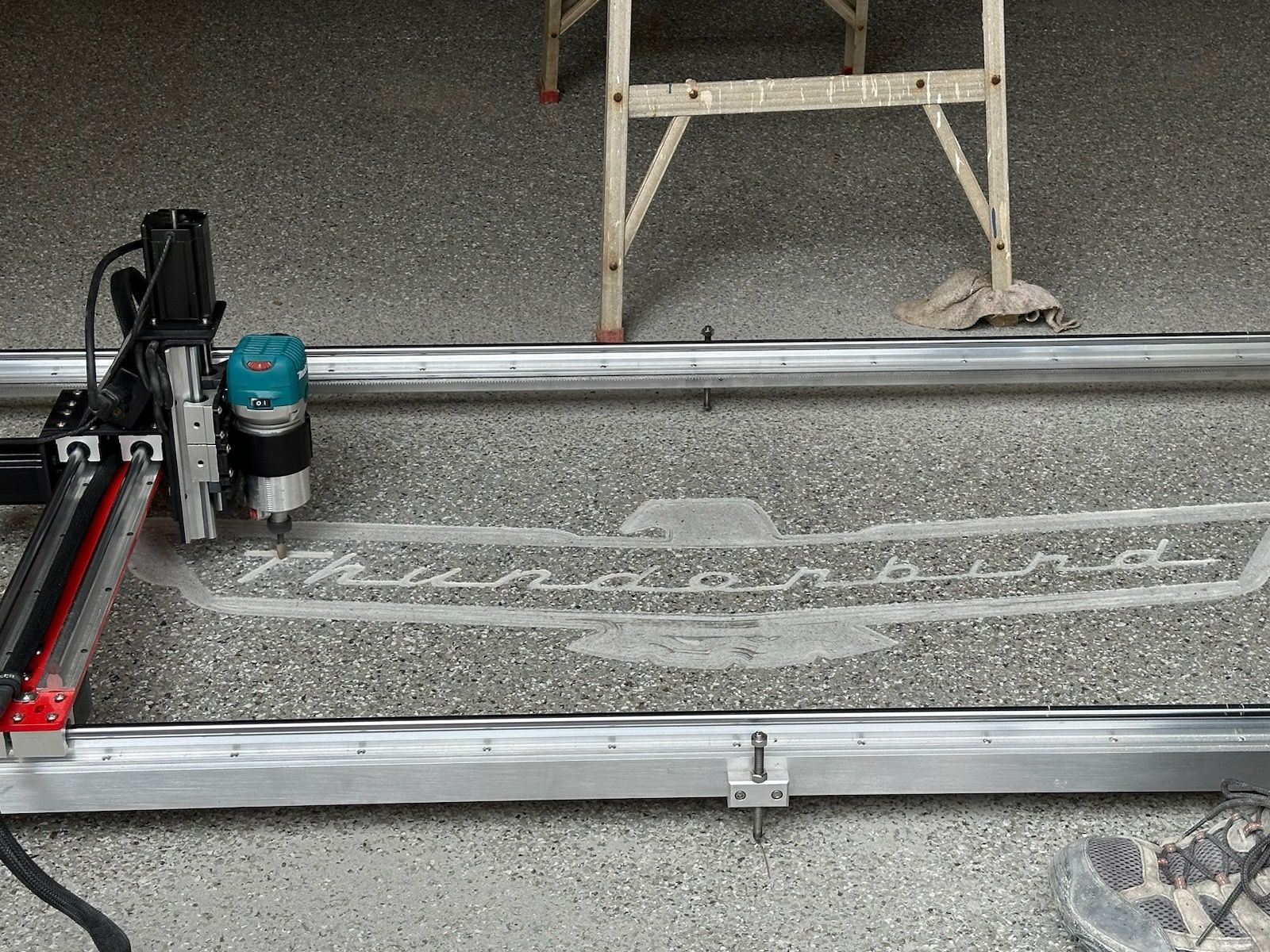
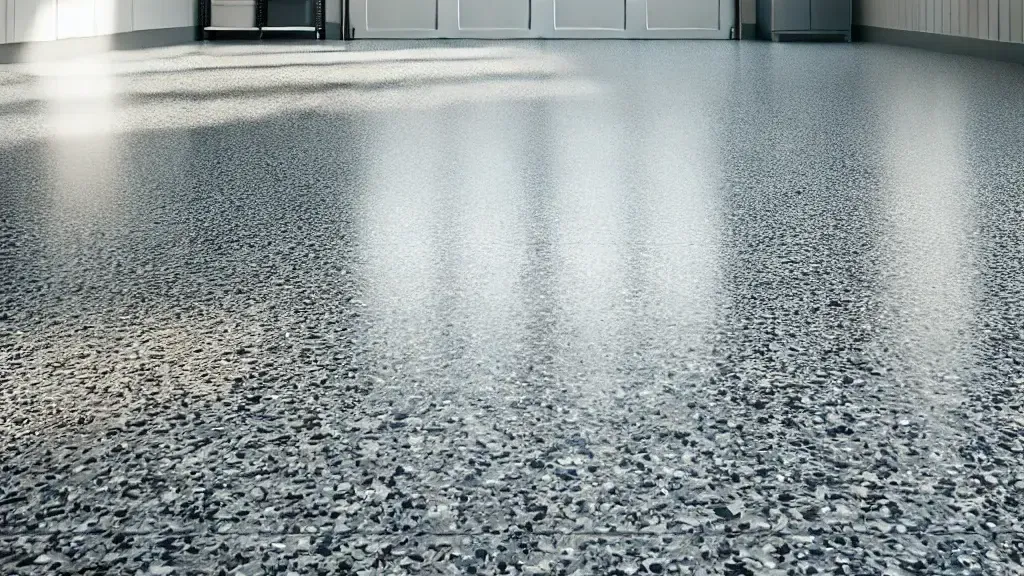
Want to learn more? Check out our BLOG
SERVICE AREA
- South Carolina
- Georgia
- Tennessee
- North Carolina
- Spartanburg, SC
- Upstate, SC
Blastek Concrete Designs | Design by: Quantum Hawk


